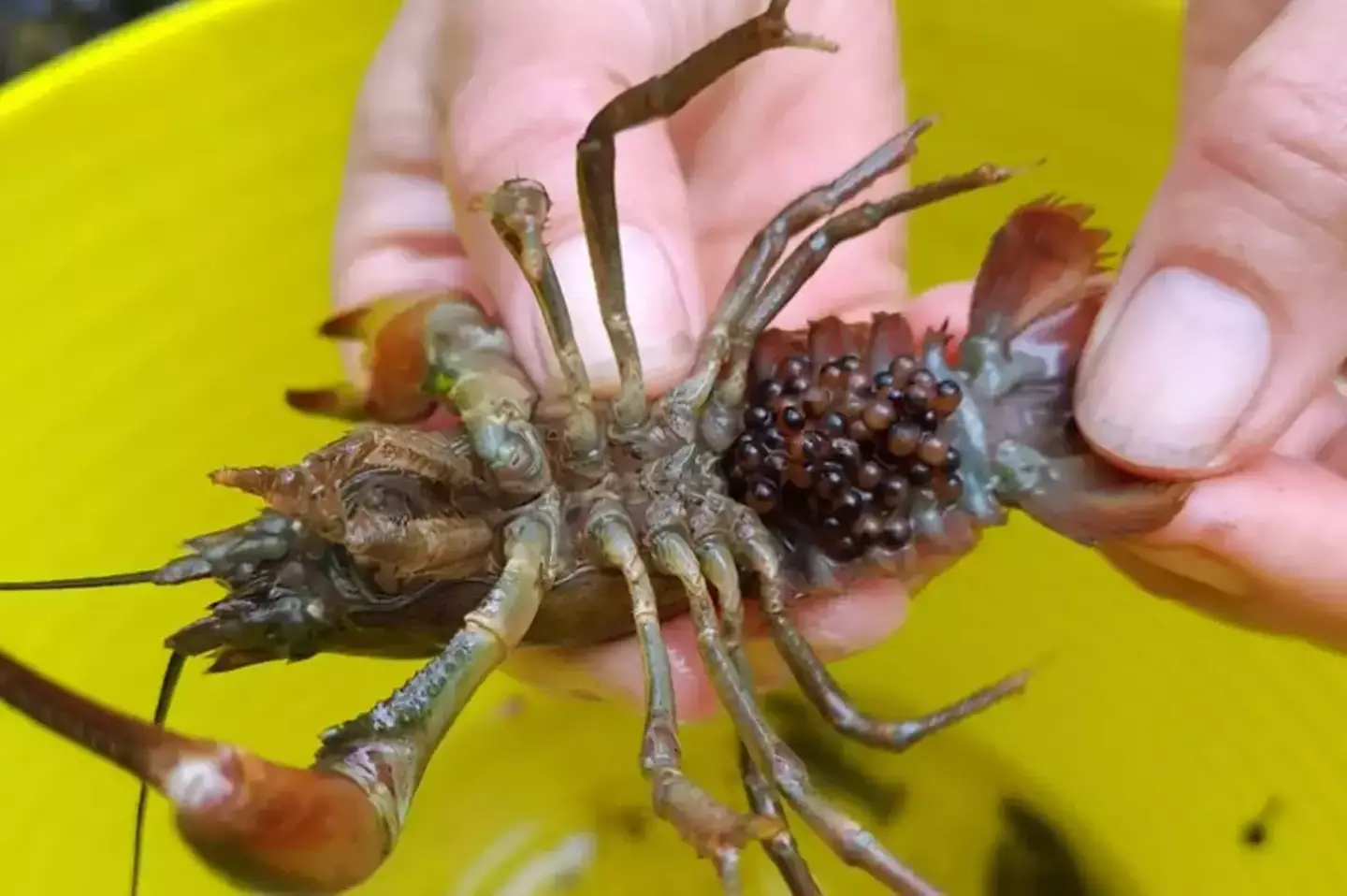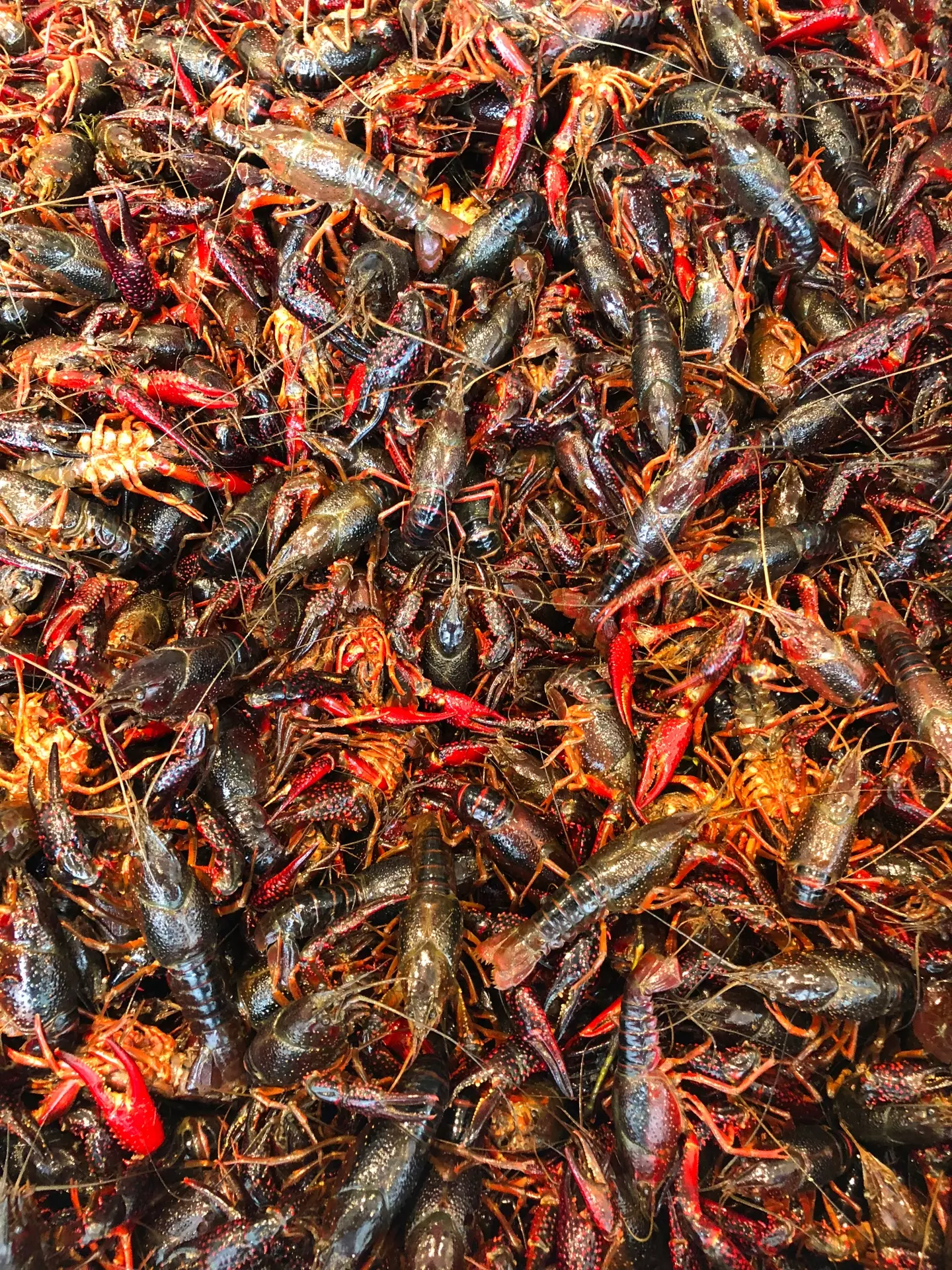A real-life ecological nightmare is lurking in British rivers, and it’s wreaking havoc on native wildlife and fragile ecosystems. Meet the American signal crayfish—a small, clawed invader that’s on a mission to decimate local species and disrupt riverbanks. This invasive crustacean has sparked an unusual plea from conservationists and environmental experts: if you spot one, kill it immediately. But why such drastic measures? Here’s everything you need to know about this destructive river pest, how to identify it, and why it’s so important to stop its spread.
Why Is the American Signal Crayfish So Dangerous?

The American signal crayfish might look harmless at first glance, but don’t be fooled by its size. This invasive species carries a deadly disease known as crayfish plague, which is lethal to the UK’s native white-clawed crayfish. Signal crayfish are also notorious for their destructive behavior—they not only feast on local species but also burrow into riverbanks, causing erosion and weakening the natural landscape. Their invasive nature threatens biodiversity, disrupts aquatic ecosystems, and creates a ripple effect that endangers local flora and fauna.
A Brief History of the American Signal Crayfish in the UK
Originally introduced to the UK in the 1970s for fish farming purposes, the American signal crayfish quickly escaped into British rivers, becoming an invasive species that thrives at the expense of native wildlife. Unlike the white-clawed crayfish, signal crayfish are highly resilient and reproduce rapidly, with females capable of carrying up to 250 eggs. The devastating combination of their fast reproduction and immunity to crayfish plague has allowed them to spread aggressively across the UK, while native populations continue to decline.
How to Identify an American Signal Crayfish
Spotting the difference between the American signal crayfish and the native white-clawed crayfish is crucial, as it’s illegal to kill the latter. The main distinction lies in the color of their claws:
- Signal Crayfish: Has red undersides on its claws and a characteristic white or blue blotch near the claw hinge.
- White-Clawed Crayfish: True to its name, the native white-clawed crayfish has pale, white claws with no distinctive red coloring.
Size can also be an indicator, as signal crayfish are often larger, sometimes growing up to 12 inches. If you’re uncertain, remember that killing a native white-clawed crayfish is not only harmful but illegal.
Why You Should Act: The Destructive Impact of Signal Crayfish on the Environment
The American signal crayfish poses multiple threats beyond just the crayfish plague. Here are some of the ways they harm local ecosystems:
- Predation on Native Species: Signal crayfish prey on fish eggs, insects, and even white-clawed crayfish. This predation disrupts food chains and decimates local populations.
- Habitat Destruction: By burrowing into riverbanks, signal crayfish destabilize these areas, causing bank collapses, increased sediment in water, and a higher risk of flooding.
- Competition for Resources: Signal crayfish outcompete white-clawed crayfish for food and shelter, leading to further decline in native populations. This competition weakens the resilience of UK rivers and compromises biodiversity.
- Disease Transmission: Signal crayfish are carriers of the crayfish plague, a fungal disease deadly to white-clawed crayfish but harmless to the signals themselves. This disease has already led to significant declines in native crayfish populations.
Taking Action: What to Do if You Spot an American Signal Crayfish
It might seem extreme, but environmental authorities urge people to kill American signal crayfish on sight to protect UK rivers. Here’s how you can help:
- Kill Methodically: Experts recommend stabbing the crayfish in the brain or using a rock to crush it quickly if a knife isn’t available. This method minimizes suffering while effectively eliminating the pest.
- Confirm Identity: Before acting, ensure the crayfish is indeed an American signal and not the endangered white-clawed species. Misidentification can harm conservation efforts for native crayfish.
- Dispose of Responsibly: Don’t return dead signal crayfish to the water, as this could spread disease. Dispose of them properly or follow local guidelines for disposal to prevent contamination.
Preventing Further Spread: Simple Actions to Protect UK Waters

Stopping the spread of the American signal crayfish requires more than just immediate action on sight. Here are some preventative measures to follow:
- Clean Gear and Shoes: After spending time near rivers, rinse and dry your shoes, boats, and fishing equipment to prevent crayfish plague from transferring to other bodies of water.
- Avoid Introducing Crayfish to New Areas: Some people might consider crayfish as a food source, but harvesting and relocating signal crayfish risks spreading them to new areas. Stick to controlled fishing and avoid transferring crayfish across locations.
- Educate and Inform Others: Sharing knowledge about the American signal crayfish and its environmental impact can raise awareness and encourage collective action. The more people understand the risks, the stronger the efforts to prevent further spread.
Why It’s Critical to Protect the White-Clawed Crayfish

The white-clawed crayfish is the UK’s only native crayfish species, and its numbers have dwindled by nearly 90% due to the invasive signal crayfish and the crayfish plague. As a vital part of the river ecosystem, white-clawed crayfish contribute to the health and balance of aquatic life. Protecting them ensures the preservation of the natural food chain and stabilizes local biodiversity.
Final Thoughts: A Call to Action for Every Nature Lover
The American signal crayfish may be small, but its impact is massive. Protecting the UK’s rivers and native species requires a community effort, and that means taking responsibility to prevent the further spread of this invasive pest. If you’re out enjoying nature and spot a signal crayfish, remember that your actions can help safeguard the fragile balance of British rivers. Identifying, eliminating, and preventing the spread of signal crayfish isn’t just a task for scientists or environmentalists—it’s a responsibility we all share to protect the natural beauty and biodiversity of the UK’s waterways.


